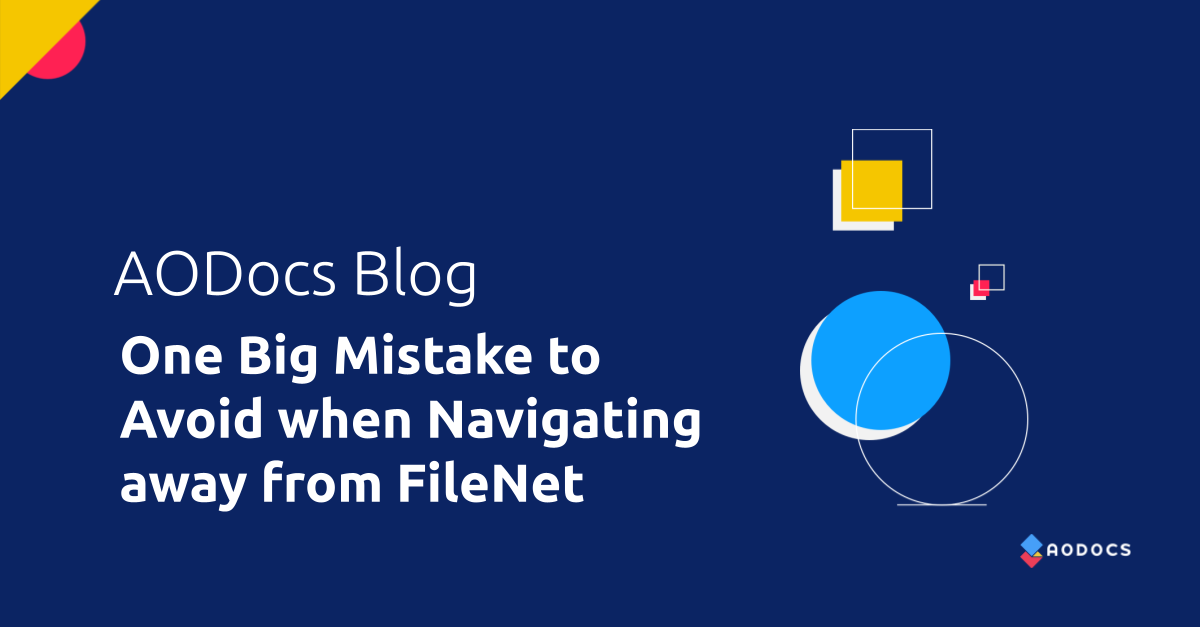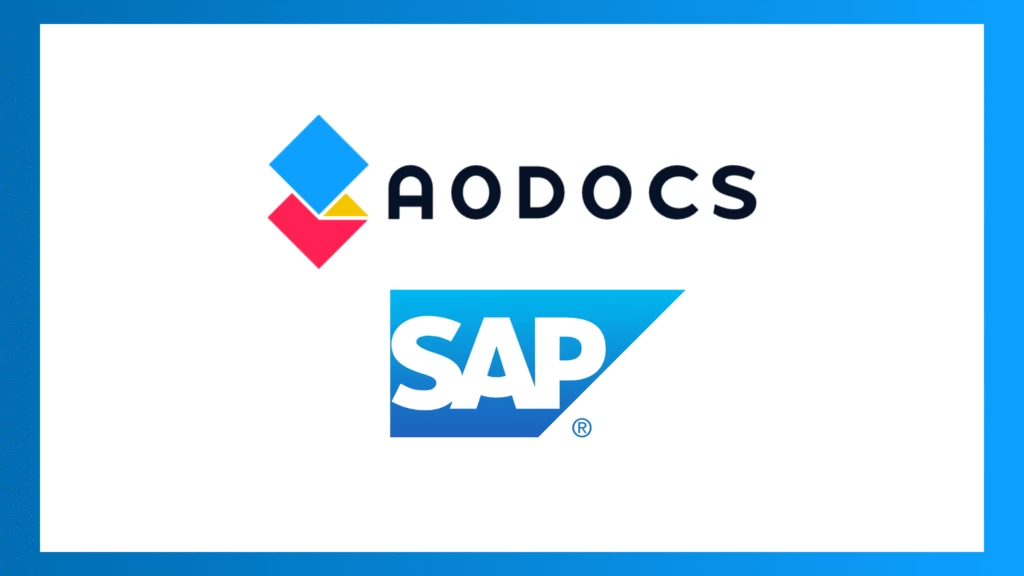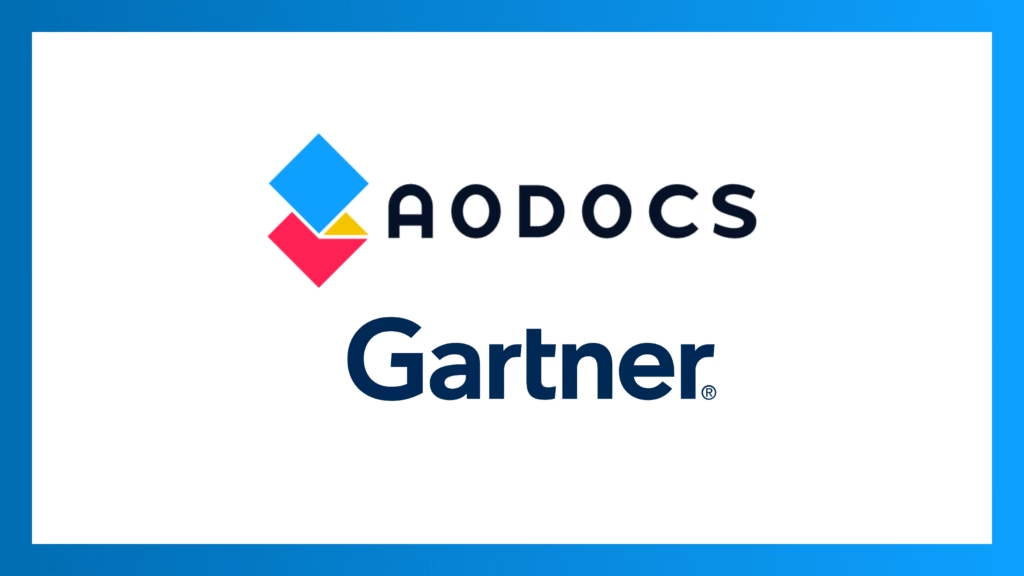For a number of reasons, you’ve made the decision to migrate from FileNet. Now it’s time to identify the alternative solution that best meets your organization’s specific requirements. Your number one concern for this choice should be to ensure that you won’t replace FileNet with something that suffers from the same limitations. Don’t go from Charybdis to Scylla!
Get rid of the limitations that make you say “no” to business requests
Legacy technologies like FileNet come with a number of constraints that make it hard for IT departments to support the business.
“There’s too much data. We can’t do it with our current servers.”
Capacity provisioning has always been a tricky challenge: if you shoot too high, you waste money, but being too conservative presents the risk of hitting the wall too soon. It feels like a lose-lose game. Replacing your FileNet instance with an ECM system “hosted on cloud servers” won’t change anything — this #fakecloud solution will suffer from the same architectural rigidity as your current system.
Only modern content services platforms that have been architected from the ground up for the public cloud are able to truly leverage the power, scalability, and cost efficiencies of the public cloud to manage and process content.
Regardless of how much data you’re working with or how many new users you add, modern systems running in the public cloud will continue to work with the same performance. You can do heavy batch operations, such as for example ingesting a lot of content, while your users are working on the system, without feeling any change in performance. And of course the service interruptions for “system maintenance” are a thing of the past. This serverless approach to infrastructure makes it quick and easy to adapt as business needs change.
“Integrating with [insert your favorite business application] would be too complicated”
Legacy ECM solutions have a well-earned reputation for being monolithic, closed, and complex. They often do not play well with other systems without your company having to invest in expensive and risky custom development in order to piecemeal everything together.
Conversely, modern content services platforms have been architected from inception to operate seamlessly with other solutions, making them relatively straightforward to integrate with other (SaaS-based or not) front and back office systems, seamlessly replacing complex “spaghetti” architectures.
Working with vendors with an open API architecture is also important for ensuring smooth integration with your current IT stack, as well as with platforms and systems your company may deploy during the next few years. With AODocs, every feature is available as an API. So, for example, we can connect your procurement workflow with your ERP to make sure the list of suppliers is consistent.
“The new platform is designed to do X and cannot be configured to do Y”
When it comes to business requirements, the only constant is change. Whether it’s new regulations, new business opportunities, new competitors, you name it. In this environment, agility is key, which has been dramatically illustrated by the global pandemic. AODocs is a flexible and highly-adaptable platform with low-code development capabilities that allow organizations to rapidly build (and evolve) solutions to automate key business processes and get the most out of their information. In only a few weeks, you could help your business users implement their invoice approval process, their contract lifecycle process or their ever-changing GDPR request process.
Overcome Technical Objections with a Business-Friendly Platform
At AODocs, we hear about these types of “IT objections” all of the time when working with our customers. Luckily for them, AODocs is a business-friendly platform featuring:
- A “true cloud” architecture with an infrastructure that automatically adapts its resources to usage; no more excuses about needing to “add more servers”!
- Open APIs that make it easy to integrate with other systems: AODocs services can be used like “Lego bricks” in combination with other cloud components (from Google or other providers)
- Low code configuration capabilities for quickly building and adapting business applications, via an easy to use, point and click interface
- An always on Saas Platform with new versions and updates rolled-out without any service interruption (AODocs can boast near 100% availability)
- An intuitive user experience and integration with Office 365 and Google Workspace
IT doesn’t like to say “no” but they often have to because of the limitations inherent in many legacy solutions. By addressing these concerns early on in the evaluation process, IT teams can fulfill their primary mission — which is to support the business. But don’t just take our word for it — we encourage you to read Gartner’s perspective in the 2021 Gartner Magic Quadrant for Content Services Platforms.
Contact us today to learn more about why AODocs is the optimal FileNet replacement option!



